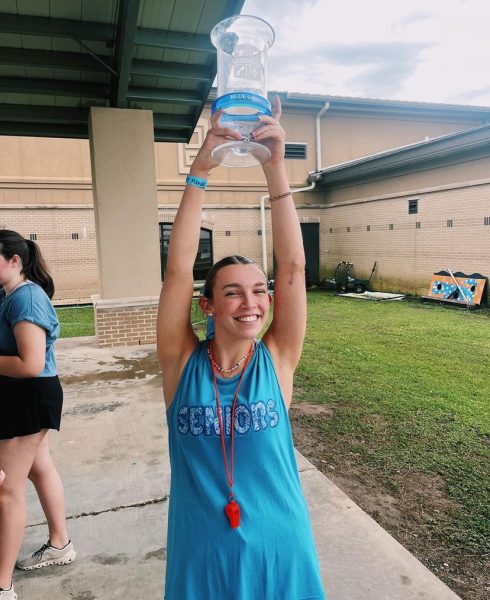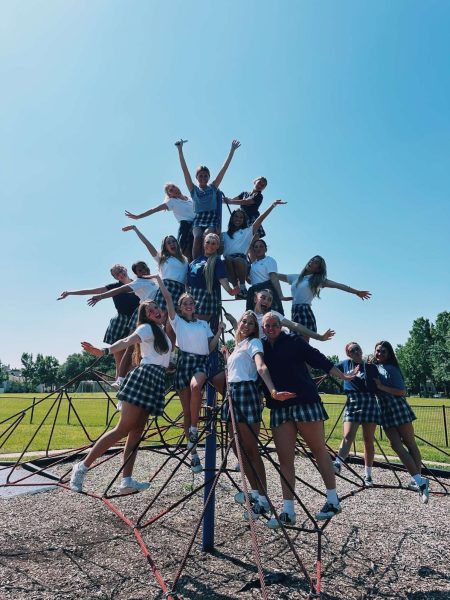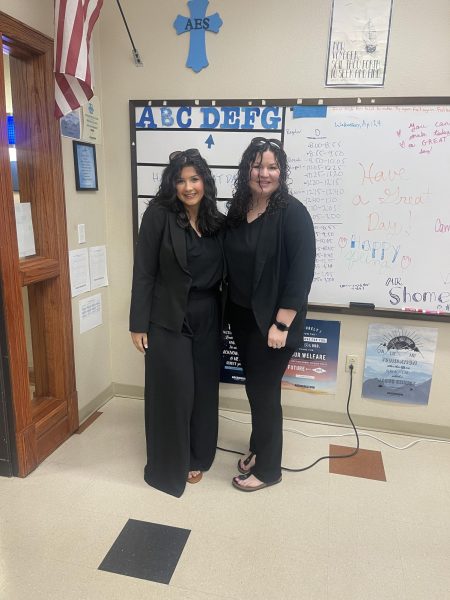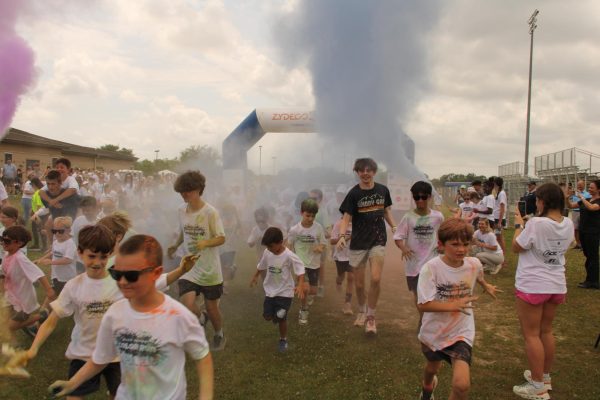Ascension Prairie Restoration Project
It can be very exciting to notice the rapid development of businesses in our community. This could mean job opportunities in the declining economy and a way to make the community more modern, but this could also cause the take away of the open lands for development, which leads to plants and animals that once lived there being greatly affected. The open lands in Louisiana that once covered 2.5 million acres now only cover 100 acres and contribute to dangers of certain species becoming extinct. This problem first began back in the 1800’s when people began to settle in Louisiana and convert the lands to agricultural areas and farmland, along with the use of herbicides killing plants and further contributing to the problem. Bringing back the prairies are crucial because they played a huge role in our history and have contributed to our unique culture and way of life. The rich soils of the prairie made Louisiana an ideal place to live and raise crops and farm animals. These soils contributed to Louisiana’s success in agriculture and biodiversity, which set Louisiana apart from other southern states. In an attempt to address this problem, the Cajun Prairie Preservation Project was founded.
Eric Vanbergen, a sophomore at Ascension, became interested in this project when he learned that the Ornate Box Turtle could no longer be found in Louisiana due to the development of the land that once held the species’ ecosystem. According the Vanbergen, species such as bison, red wolves, panthers, ocelots, prairie chickens, ornate box turtles, and crawfish frogs, along with beautiful wildflowers, were very common on the prairies, but can no longer be found in Louisiana. To spread awareness about this project, he started a club here at Ascension, the Ascension Prairie Restoration Club, which plans to restore a portion of land on our campus back to its natural state. “The goal is to restore as much prairie as possible around campus so that students can see beautiful prairie plants, once common around Lafayette, that support animals such as butterflies, bees, and hummingbirds,” said Vanbergen. This project will not only beautify our campus, but also help the environment and community.








